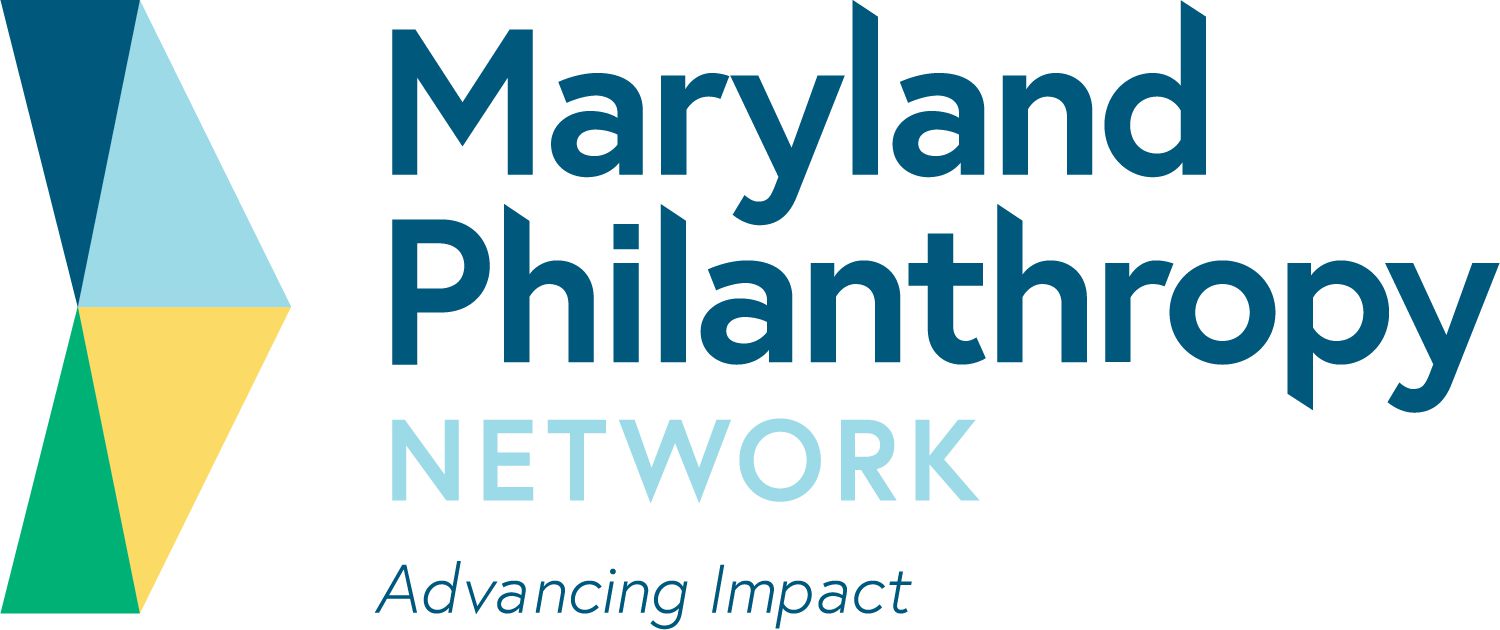This article first examines the role of power in traditional private philanthropy before outlining current attempts at reform and discussing the importance of funding advocacy work.
With more than 1,430 foundations in Maryland and a growing landscape of corporate funders, donor-advised funds, giving circles, and public charities, the first step to grant seeking is understanding the basic operations of organized giving.
Maryland Philanthropy Network invites the staff and board members of nonprofit 501(c)3 organizations and social enterprises to our recurring program on foundations and the broader landscape of philanthropy in Maryland. This learning opportunity is most appropriate to new grantseekers and to nonprofit organizations in Baltimore and central Maryland. The webinar provides basic knowledge of foundations and other grantmakers and resources for finding funders/funding opportunities.
Maryland Philanthropy Network invites the staff and board members of nonprofit 501(c)3 organizations and social enterprises to our recurring program on foundations and the broader landscape of philanthropy in Maryland. This learning opportunity is most appropriate to new grantseekers and to nonprofit organizations in Baltimore and central Maryland. The webinar provides basic knowledge of foundations and other grantmakers and resources for finding funders/funding opportunities.
Maryland Philanthropy Network invites the staff and board members of nonprofit 501(c)3 organizations and social enterprises to our recurring program on foundations and the broader landscape of philanthropy in Maryland. This learning opportunity is most appropriate to new grantseekers and to nonprofit organizations in Baltimore and central Maryland. The webinar provides basic knowledge of foundations and other grantmakers and resources for finding funders/funding opportunities.
Maryland Philanthropy Network invites the staff and board members of nonprofit 501(c)3 organizations and social enterprises to our recurring program on foundations and the broader landscape of philanthropy in Maryland. This learning opportunity is most appropriate to new grantseekers and to nonprofit organizations in Baltimore and central Maryland. The webinar provides basic knowledge of foundations and other grantmakers and resources for finding funders/funding opportunities.
Concerns about adolescent mental health and substance use have increased recently, particularly in light of gun violence and the COVID-19 pandemic.
Have you met ALICE®? ALICE is an acronym for Asset Limited, Income Constrained, Employed.
We all benefit when local economies offer equitable, stable jobs. Two new tools are being piloted in Baltimore to enhance the ability of companies and their employees to prosper.
Maryland residents’ enrollment in federal food assistance programs has increased sharply since the COVID-19 pandemic started in March, according to a report that Maryland Hunger Solutions released Wednesday.
RESOURCE FOR MEMBERS ONLY
FIND MORE BY:
RESOURCE FOR MEMBERS ONLY
View Materials for "Maryland's Birth-5 Grant: An Opportunity to Engage"
FIND MORE BY:
July is Disability Pride Month, marking the anniversary of the Americans with Disabilities Act.
The 2016 presidential campaign made visible the deep and painful divisions in our nation, and the election outcome has left many immigrants and refugees—and second- and third-generation U.S. citizens—living in uncertainty and fear.
Maternal and child health has been in the news a lot recently, for all the wrong reasons. The maternal mortality rate in the United States is rising, and racial disparities are widening over time.
What does it take for Maryland's wastewater treatment plants to comply with their permits or to compensate City homeowners whose basements have been contaminated with sewage back-ups? Tom Pelton of EIP and Angela Haren of BWB will be our speakers addressing these and related questions.
 Social isolation is not a personal choice or individual problem, bu
Social isolation is not a personal choice or individual problem, bu
RESOURCE FOR MEMBERS ONLY
These two reports show the human and economic toll of the opioid and tobacco epidemics and chart out recommendations for educators, employers, health providers, and effective policy.
FIND MORE BY:
The aged homeless population is growing rapidly and will continue to grow for the next decade. Please Maryland Philanthropy Network’s Baltimore Seniors & Housing Collaborative for a discussion on forecasts of the aged homeless population; projected costs associated with the use of shelter, health care, and long-term care by this aged homeless population; proposed housing and service intervention models matched to the varying level of housing and services needs of these subgroups; and potential service cost reductions associated with housing interventions.

